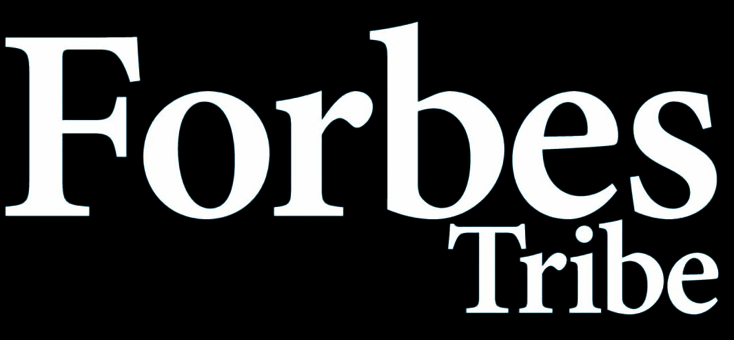Moo-ving Towards the Best: A Guide to Nourishing Healthy Cattle
Cattle, the gentle giants of agriculture, provide us with sustenance and economic stability. But like any living being, the well-being of cattle depends heavily on what they eat. Just as we wouldn’t fuel a marathon runner with only cookies, ensuring healthy cattle starts with a balanced and nutritious diet.
Nature’s Bounty: The Power of Forage
Cows are built for browsing, their digestive systems finely tuned to break down coarse roughage like grasses, legumes, and hay. These fibrous wonders are the bedrock of a healthy bovine diet, providing essential nutrients like fiber, protein, and important vitamins.
- Grasses: The OG cow meal, offering a diverse range of nutrients depending on the species and maturity. Ryegrass and orchard grass are protein powerhouses, while fescue boasts ample fiber.
- Legumes: These nitrogen-fixing champions like alfalfa and clover add protein and calcium to the mix, enhancing overall nutrition and aiding bone health.
- Hay: A critical reserve for dry seasons or lean pastures, hay can vary in quality. Early-cut hay, rich in protein and nutrients, is ideal, while late-cut hay provides more fiber.
Balancing the Scales: Supplements and Concentrates
While forage forms the bulk of a healthy diet, some situations call for additional nutritional support. Supplements and concentrates, rich in energy and specific nutrients, can be used to:
- Boost growth and productivity: Growing calves or cattle destined for market may require additional energy from grains like corn or barley.
- Address nutrient deficiencies: Regional soil variations or specific health concerns might necessitate mineral or vitamin supplements.
- Support pregnancy and lactation: Pregnant or lactating cows have higher energy demands, which can be met through concentrates like soybean meal or oilseeds.
The Art of the Menu: Crafting a Balanced Diet
A healthy cattle diet isn’t about throw-it-all-in; it’s about a carefully balanced mix. Factors like age, breed, activity level, and even the season play a role in crafting the perfect mix.
- Young calves: Reliant on their mother’s milk for the first few months, they can then gradually transition to high-protein forage and concentrates to fuel their growth.
- Growing cattle: Balanced amounts of energy-rich concentrates and nutrient-dense forage will promote healthy weight gain and muscle development.
- Pregnant and lactating cows: High-quality forage ensures enough nutrients for both the mother and the developing calf, supplemented with concentrates if needed.
- Mature cows: As activity levels decrease, the focus shifts to maintaining body condition with sufficient forage and minimal concentrates.
Beyond the Plate: Essential Considerations for Bovine Health
Diet is just one part of the healthy cattle puzzle. Access to clean water, ample exercise space, and proper healthcare are equally crucial. Remember:
- Fresh, clean water: A cow can drink up to 30 gallons of water daily, so access to a dependable source is vital.
- Movement matters: Grazing keeps cattle physically and mentally stimulated, contributing to overall well-being.
- Regular health checks: Routine veterinary examinations and vaccinations ensure preventative care and early detection of potential health issues.
More Than Just Meat: Investing in Animal Welfare
A healthy, well-nourished cow isn’t just good for business; it’s a commitment to animal welfare. By understanding their natural dietary needs and providing them with appropriate food and care, we can ensure both their health and the quality of the products they provide. Also, it helps in the prevention of diseases like Johne’s disease.
So, the next time you bite into a juicy steak or savor a creamy glass of milk, remember the silent heroes behind it – the cows. Let’s ensure their journey is paved with good health and respect, starting with the most fundamental element: a diet fit for a grazing giant.This article has explored the essential ingredients of a healthy cattle diet, but the field is constantly evolving. Research on sustainable grazing practices, alternative feed sources, and the impact of diet on meat quality is ongoing. It’s vital for farmers and consumers alike to stay informed and embrace best practices for the well-being of our bovine companions and the future of animal agriculture. Let’s continue to move towards a world where healthy cattle and satisfied consumers go hand in hand.

